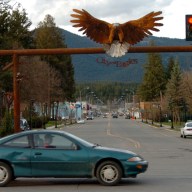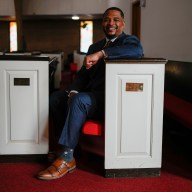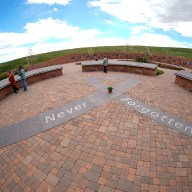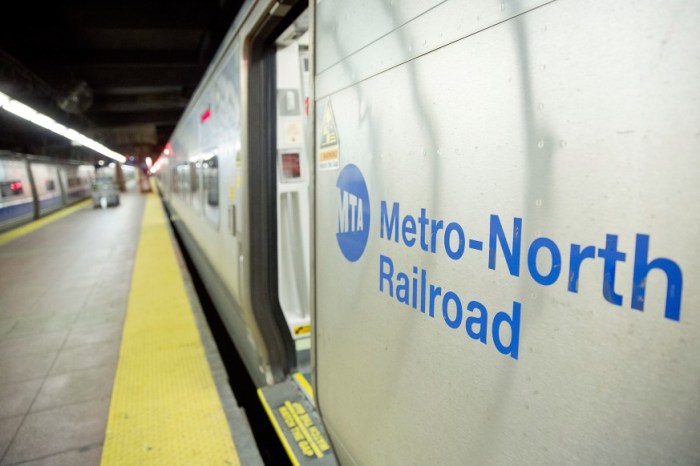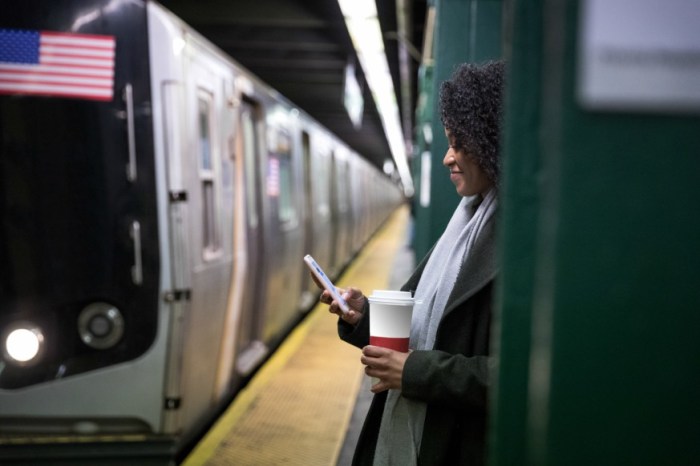Hate your commute? Better not keep reading.
A report from A Better City, conducted with researchers at Northeastern’s Dukakis Center for Urban and Regional Policy,finds that Boston’s ongoing population growth will bring an unprecedented traffic crunch to drivers and MBTAriders over the next 15 years. Already widely consideredone of the worst U.S. cities for traffic, Boston will add at least 80,000 more automobiles on roads and highways, a near 5 percent increase on top of current congestion. The report also projects by 2030 there will be 14,000 additional subway commuters, more than 11,000 new bus and trolley riders and another 1,000 on the commuter rail. Air travelers aren’t exempt from the bad news, as Logan Airport may have to handle 63 percent more passengers annually by 2030. So what can be done to address the traffic woes of the future? According to two of Greater Boston’s top thinkers on urban planning, the city needs to optimize its land near public transportation and invest in public transit. Having as many of the new arrivals to the city as possible living steps from a T stop would keep more drivers off the road, according to Dennis Pieprz, urban planner with the Watertown firm Sasaki Associates. Pieprz also pointed to the need for mixed use developments that offer a blend of housing, retail and office space, as they’d reduce the need for people to drive. Another wildcard that could upend the way traffic moves in the city: the driverless car. Currently, more than two-thirds of the labor force gets to and from work by car, truck, motorcycle or taxi.
Pieprz has high hopes for the technology, and said it could remove some of the inefficiencies that sloppy driving and car accidents bring to the road, while also reducing the need for people to have parking spaces nearby their homes and places of work. “Driverless cars can be more compact, they can flow better, they’re not going stop to gawk at traffic incidents,” he said.
Even though driverless cars are not yet roaming our streets, he said, the time is now to start planning for them: How will roads have to change to accommodate them? Should they be given their own separate travel lanes?
Ride-sharing, too, reduces the need for personal cars, he said.
“People will buy less cars and use existing ones more efficiently,” he said, in a city where ride-sharing is encouraged.
But overall, Pieprz said, increasing the number of choices commuters have is what Boston’s transit future will be all about.
“The only way you can get more capacity, or more choice through transit options, is through improved bike and pedestrian improvements and shifting away from the single-driver car — big, oversized cars stuck in traffic,” he said. ForAlex Krieger, a planner with the firm NBBJ and professor at the Harvard Graduate School of Design, everything boils down to investing in public transit – and not just in maintenance, but aggressive expansion. One major part of that, he said, should be re-starting the conversation about an “urban ring” of public transit around the city.
The problem with the region’s train system in particular, he said, is that it focuses too much on getting people in and out of the downtown area, and too little on getting commuters around at the edges of areas serviceable by train. “Guess what? Not all the jobs are at the center, and not everyone is commuting downtown,” Krieger said.
When the commute between two areas — say, between Brookline and Cambridge —is too unnecessarily long, he said, many opt to drive. The ideal MBTA of the future, then, will look more like a “spider web” than a collection of straight shots toward Downtown Crossing. That could mean the unlikely option of new subway lines, or it could mean new bus routes, he said. The MBTA itself is working on an estimate of its ridership through 2040, as part of its Focus40 planning initiative, which among other things is designed to set priorities on where the T spends money over the next 25 years. “The MBTA’s primary focus is modernizing the transit system and making service more reliable,” MBTA spokesman Joe Pesaturo said in an email. “By making these significant investments, the MBTA will be better prepared to provide safe and reliable service for decades to come.” Krieger, unlike Pieprz, does not have a rosy view of ride-sharing’s impact on traffic.
Uber and Lyft — as well as whatever happens when driverless cars become more available — may actually end up making traffic woes worse in the years to come, he said, by injecting more cars onto the street in a city where people might otherwise walk or take the T. “As long as there’s a greater ability for perpetual, cheap personal mobility, there will be congestion in cities,” he said.
All the more reason to invest more heavily in public transportation, he said, because the competition for commuters will only get steeper as technology improves. Correction: An earlier version of this article improperly identified Dennis Pieprz is a Harvard professor. Pieprz has taught there periodically, but is not a professor.
Boston traffic is about to get even worse
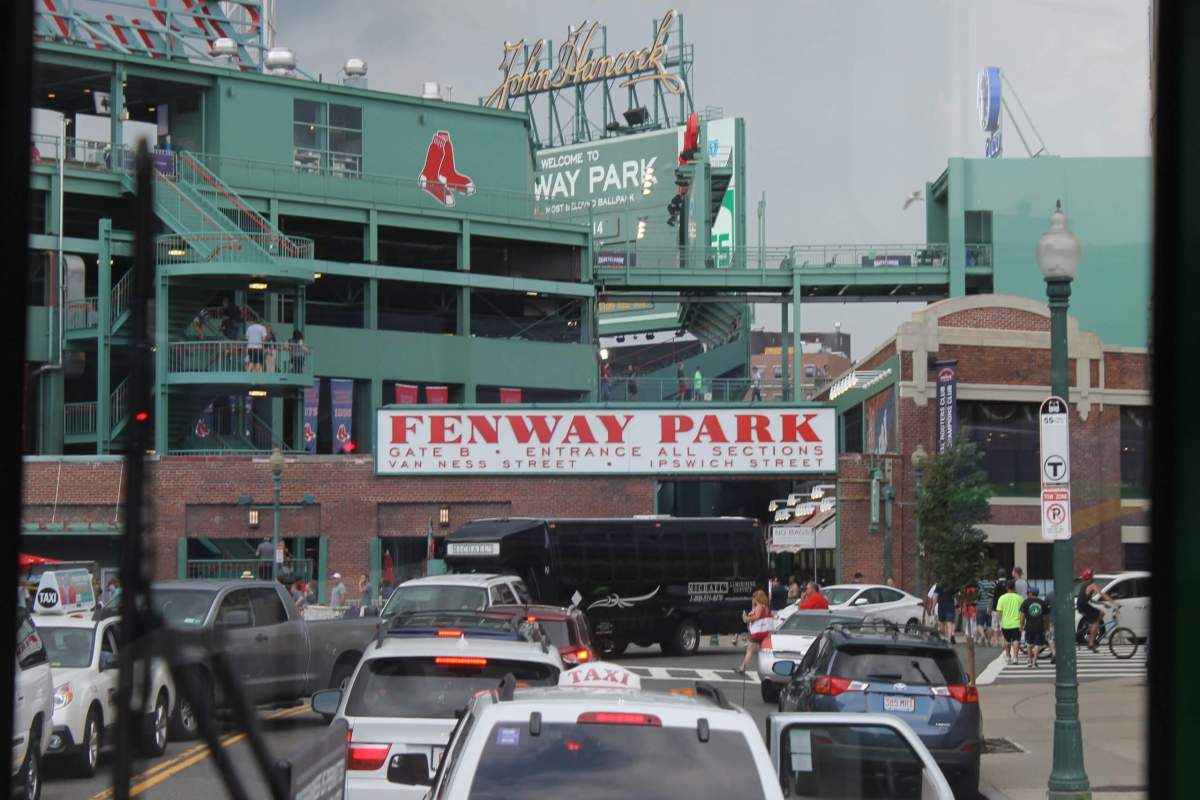
Wikipedia








